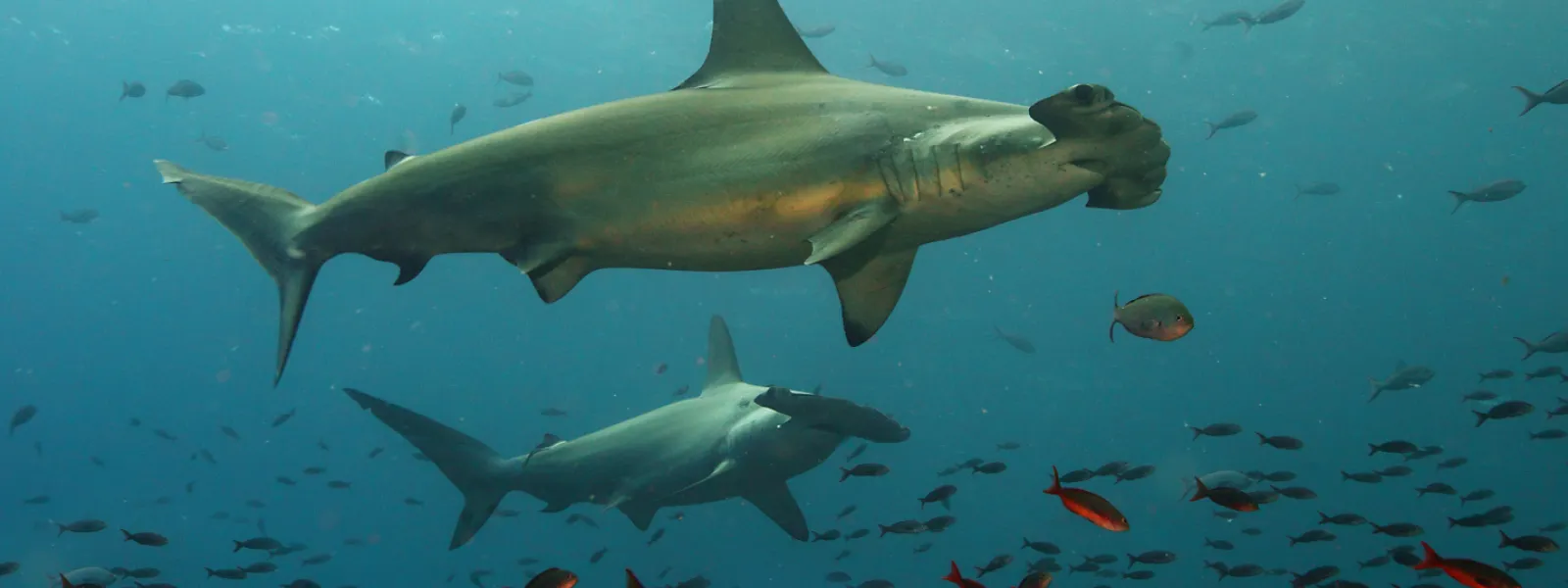
AIDA Celebrates Historic High Seas Treaty and Calls for Effective Implementation
Shutterstock
The Interamerican Association for Environmental Defense (AIDA) celebrates the Treaty on the High Seas (BBNJ Agreement) reaching the 60 ratifications required for its entry into force, which is set for January 17, 2026. This marks a historic milestone for ocean protection and the well-being of millions of people across Latin America and around the world.
“From Latin America, we celebrate the entry into force of the High Seas Treaty—a global milestone that brings us closer to achieving sustainable, equitable, and fair ocean governance. AIDA also recognizes the vital role of Latin American ocean champions who ratified the Agreement, as well as the active participation of the region throughout the negotiations and leading up to this historic moment,” said María José González-Bernat, Director of AIDA's Ocean Program.
“We will continue working alongside governments, civil society organizations, academia, Indigenous Peoples, and local communities to ensure the effective implementation of this treaty, which is essential to protecting our collective future,” she added.
AIDA has played an active role throughout the process, co-leading Latin American civil society contributions as part of the High Seas Alliance to help secure a strong agreement that reflects the realities, expectations, and challenges of the region.
In addition, AIDA has provided technical support to regional delegations participating in the sessions of the Preparatory Committee, a United Nations body tasked with advancing the issues to be addressed at the first Conference of the Parties (COP) of the agreement, scheduled 120 days after its entry into force.
The High Seas Treaty—formally known as the Agreement on the Conservation and Sustainable Use of Marine Biological Diversity of Areas Beyond National Jurisdiction (BBNJ Agreement)—offers numerous benefits, including the creation and effective management of marine protected areas on the high seas to conserve the ocean’s rich biodiversity.
It also requires that any new high-seas activities undergo environmental impact assessments that account for the cumulative effects of multiple activities on a single ecosystem.
Beyond the milestone of reaching 60 ratifications, it is essential that all countries—not just the initial 60—adhere to the agreement to ensure fair, equitable, and sustainable governance of high-seas biodiversity. This is critical for the treaty’s effective implementation, including achieving its conservation objectives and ensuring all countries can participate in its benefits.
At AIDA, we will continue to focus on Latin America to ensure that the High Seas Treaty leads to concrete actions for the protection and sustainable use of the high seas—a shared responsibility of all governments.
Find out what the members of the High Seas Alliance think.
Press contact
Víctor Quintanilla, [email protected]
